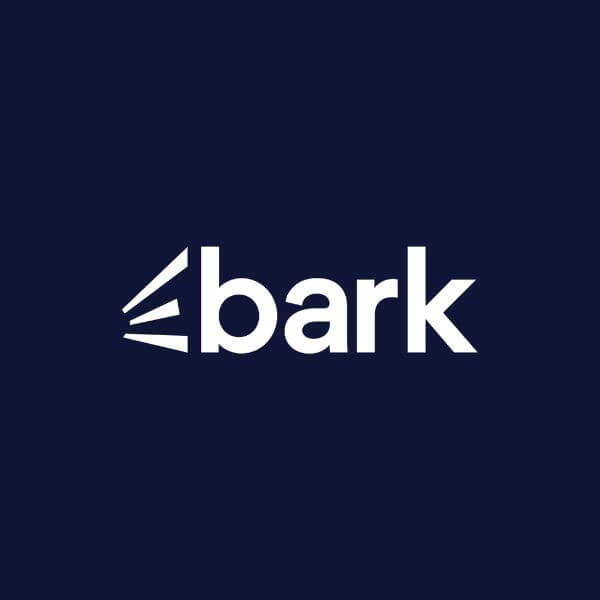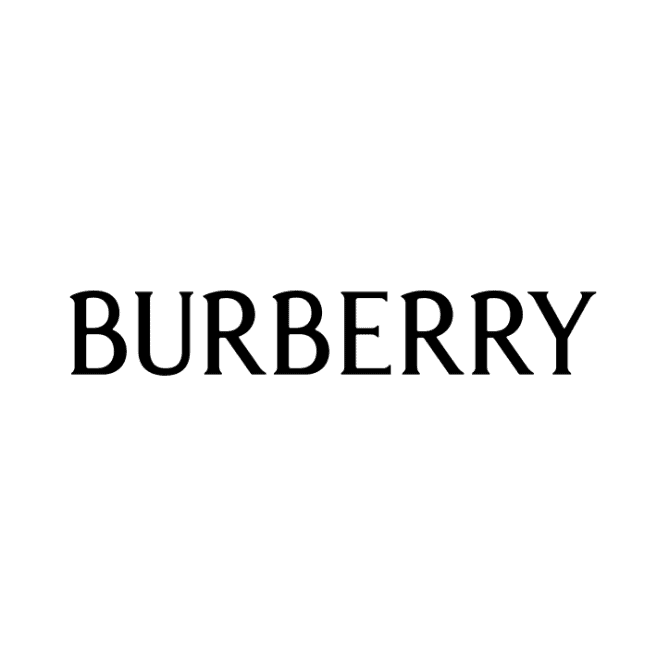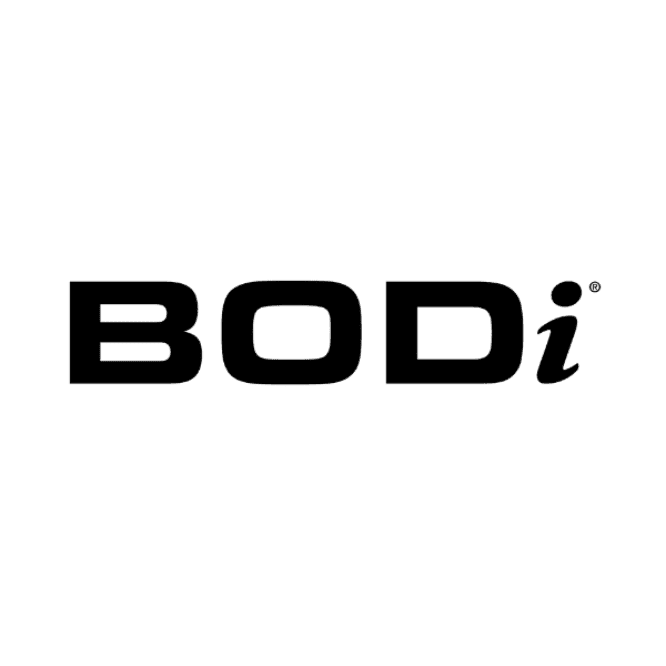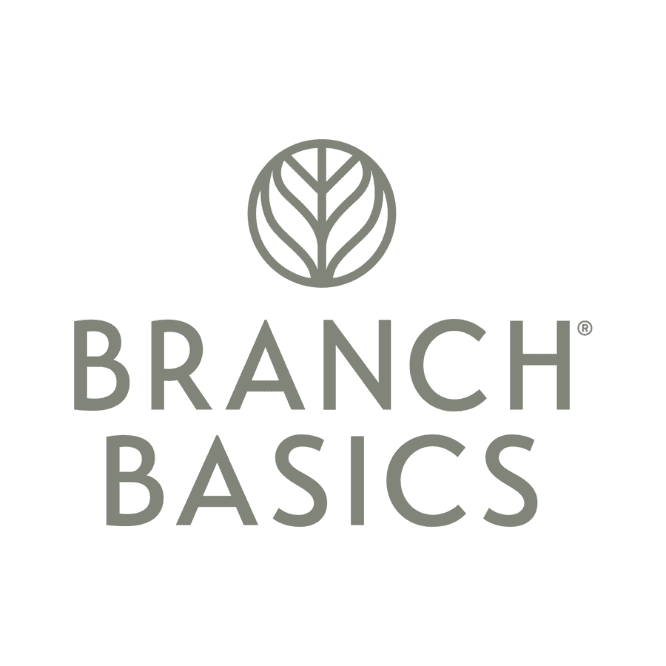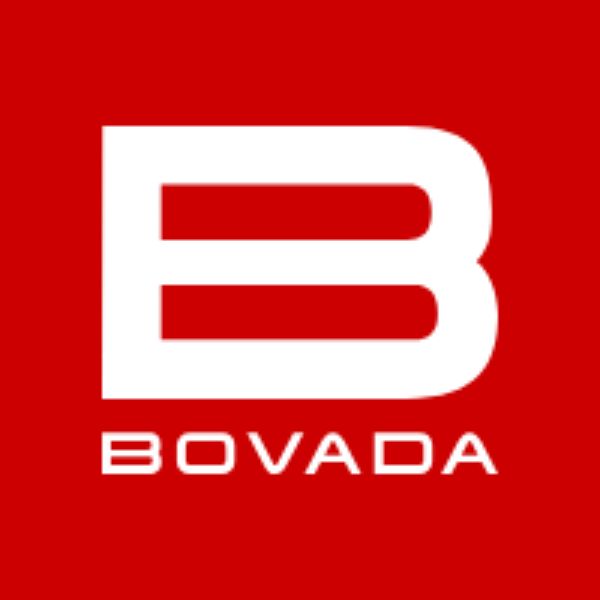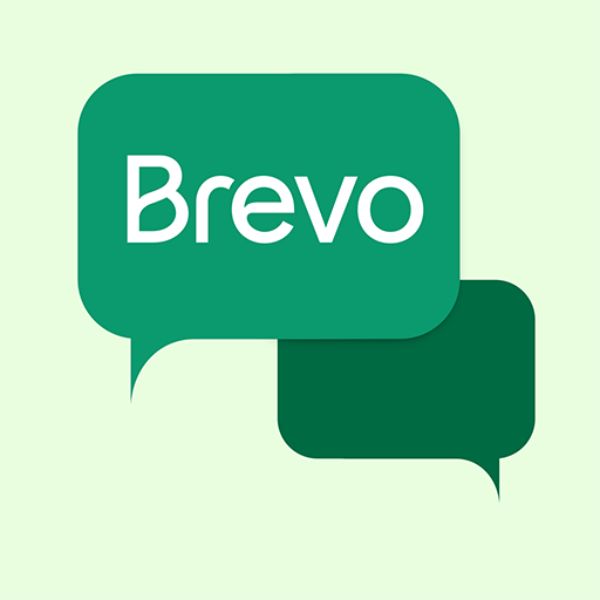About Bark.com
Bark.com is an online service marketplace that connects customers with local professionals and businesses for a wide variety of services. It acts as a lead generation platform where customers post a project (called a “Bark”), and local service providers (like cleaners, photographers, web designers, tutors, etc.) respond with quotes. With a vast array of service categories (over 1,500), Bark.com helps customers get multiple quotes quickly while empowering professionals to acquire new customers.
Bark.com Affiliate Program Overview
The Bark.com affiliate program allows partners to earn commission by driving traffic to the platform, resulting in new customer leads (Valid Barks) or sign-ups for professionals.
| Feature | Details |
| Industry | Lead Generation / Service Marketplace / Freelance Platform |
| Product Type | Digital Services (Connecting Customers with Local Service Providers) |
| Affiliate Program Type | Cost-Per-Lead (CPL) for customers and sometimes Cost-Per-Acquisition (CPA/CPS) for professional sign-ups. |
Bark.com Affiliate Program Offers
| Feature | Details |
| Promotional Materials | Tracking links, customisable widgets for websites, banner advertisements. |
| Affiliate Cookie Duration | 30 days. |
| Accepted Traffic Source | Blogs, niche websites, social media (excluding spam tactics). Exclusions: Cashback, incentive, loyalty, competition/freebie sites, and sites using spam tactics are generally not accepted. |
| Accepted Countries | United States, United Kingdom, Canada, Australia, Ireland, South Africa, New Zealand, Singapore, India, and more. Affiliates are typically advised to apply to the program for their location. |
| Explicit Content | Not accepted (must adhere to brand standards). |
| Religious or political content | The program generally prohibits content contrary to the brand, so promotion should be professional and non-offensive, often implying a rejection of controversial political/religious content. |
Bark.com Affiliate Commissions & Payments
The primary commission model for customers is Cost-Per-Lead (CPL), based on a “Valid Bark” (a lead that receives at least one response from a professional).
| Feature | Details |
| MLM | No. This is a standard single-tier affiliate program. |
| Commission Rate | Varies by service category, up to $100 (or £80/€80) per Valid Bark. Some lower-value Barks may pay less (e.g., £0.25). |
| Commission Structure | Fixed CPL (Cost Per Lead) for customers submitting a project. Separate rates may exist for referring service professionals. |
| Payout Frequency | Twice per month (around the 10th and 25th) after lead validation. |
| Payout Methods | Typically through the affiliate network platform (e.g., Awin or Impact). Methods include PayPal or bank transfer depending on the network. |
| Minimum Payout | $50 or £50. |
Suitable Affiliates for Bark.com Affiliate
The Bark.com affiliate program is best suited for affiliates whose audience is actively looking to hire local service professionals or are service professionals looking for leads.
| Affiliate Type | Suitability | Why |
| Bloggers | High | Those writing about local services, home improvement, event planning, wedding services, business services (web design, accounting), or “best of” comparison lists (e.g., “Best Local Plumbers”). |
| TikTokers / YouTubers / Livestreamers | Medium to High | Creators focused on home renovation content, DIY projects (where they recommend hiring a pro for certain steps), local business reviews, or tutorials/reviews of professional services. |
| KOC / KOL / Influencers | Medium to High | Influencers in niches like small business advice, home organization, event planning, or local community/city guides, who can genuinely recommend finding professionals. |
| Video editors | Low | Not a primary fit, unless they are creating content related to the services or the platform itself. |
Bark Affiliate Software
Bark.com utilizes established third-party affiliate network software to manage its program.
- Affiliate Software: Awin is a frequently used network for the Bark.com program, particularly for the UK and international markets. The US-based BARK (BarkBox) program uses Impact.
- Affiliate Management: The program is managed via these large external networks, not an in-house system.
3 Alternatives for Bark Affiliate Program
Bark.com is a service marketplace, so good alternatives are similar platforms connecting customers with service professionals. I’ll compare it with Angi (formerly Angie’s List), Thumbtack, and Upwork (a broader freelance platform).
| Comparison Factor | Bark.com | Angi (HomeAdvisor/Angie) | Thumbtack | Upwork |
| Average Bill | Varies widely (from small tasks to major projects). | Varies widely (focused on home services). | Varies widely (local service focus). | Varies (from quick gigs to long-term contracts). |
| Entry Fees (Affiliate) | $0 (Free to join the program, though Awin network may have a small initial fee, often credited back). | $0 (Free to join). | $0 (Free to join). | $0 (Free to join). |
| Withdrawal Threshold | $50 or £50. | Typically network standard (e.g., $10-$50). | Typically network standard (e.g., $10-$50). | Varies (e.g., $100 for some wire transfers, $0 for others). |
| Payment Frequency | Bi-monthly (twice a month). | Monthly or according to network terms. | Monthly or according to network terms. | Varies by payment method (e.g., weekly, bi-monthly). |
| Commission | Up to $100 CPL (Cost-Per-Lead) for a Valid Bark. | Varies, often flat rate per valid lead or service sign-up. | Varies, often CPL or flat-rate CPA. | Varies, typically a percentage of the service or flat fee. |
| Conversion | Lead Generation (customer submits a project request and gets a professional response). | Sale or Lead (customer hires/submits lead). | Sale or Lead (customer hires/submits lead). | Sale (client hires a freelancer). |
| Marketing Materials | Tracking links, banners, website widgets. | Banners, text links, dedicated landing pages. | Banners, text links. | Banners, text links, deep linking tools. |


